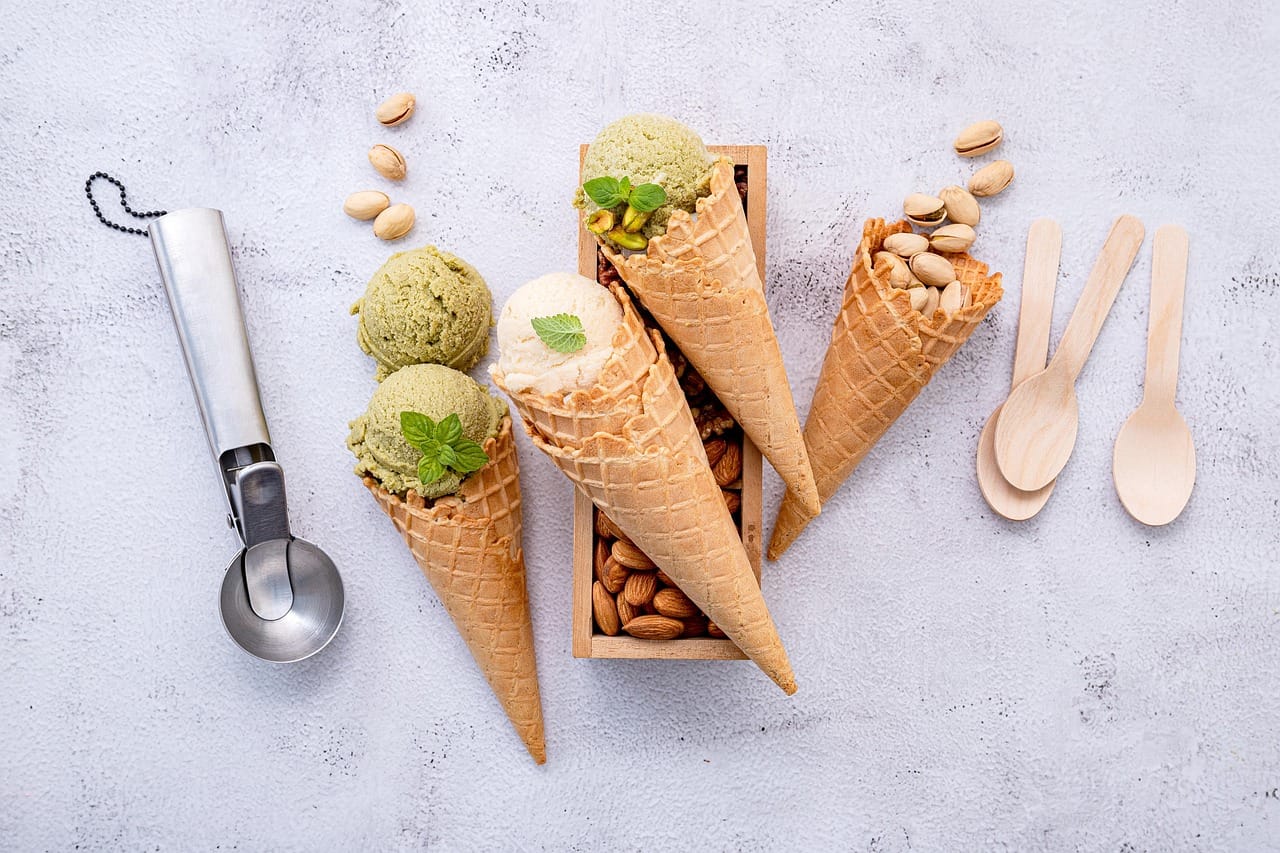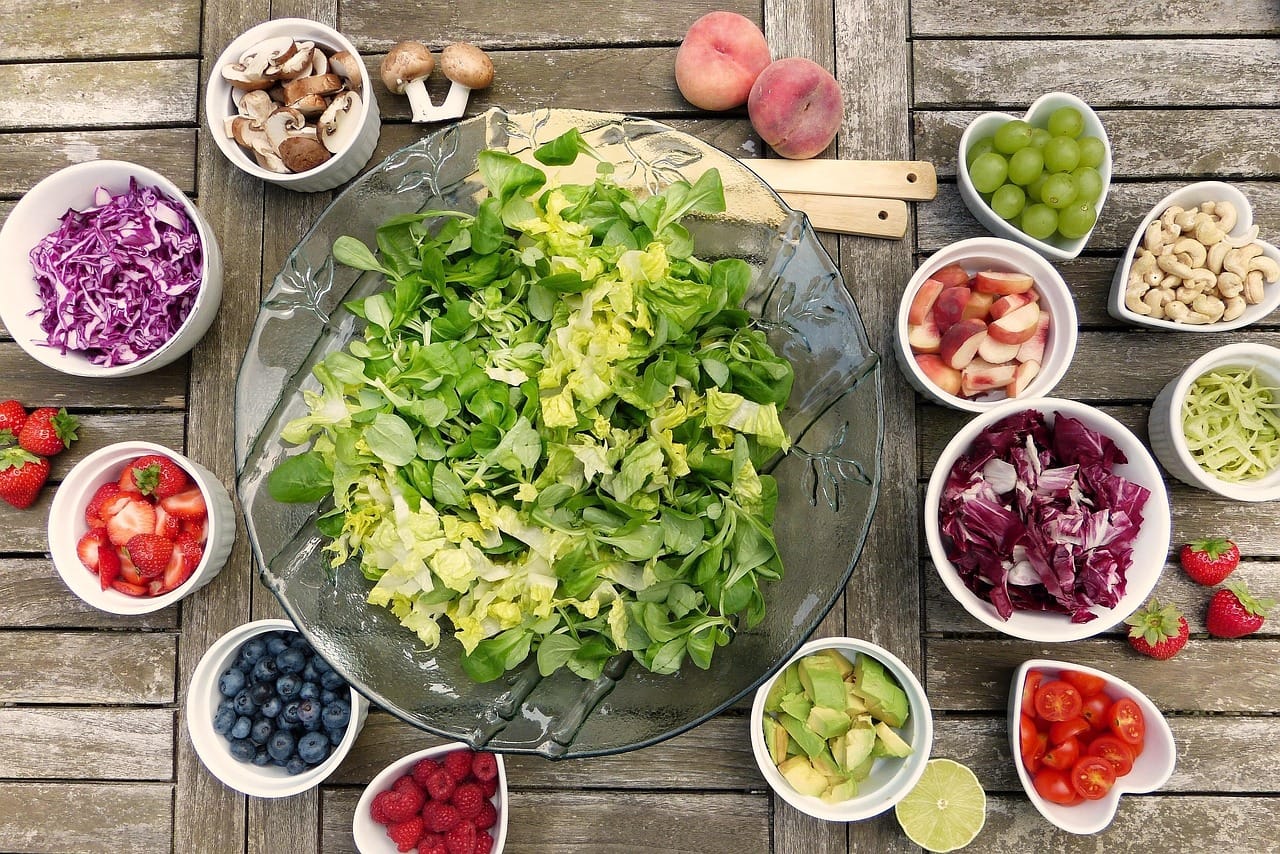Crafting the perfect cobbler, a dessert that transcends generations and conjures images of warm kitchens and comforting flavors, might seem simple. However, a deeper dive into its history, techniques, and variations reveals a world of delicious possibilities. Whether you’re a seasoned baker or a novice in the kitchen, this guide will provide you with everything you need to master the art of cobbler making. Get ready to learn the secrets to achieving that perfect balance of sweet fruit and golden-brown, buttery crust.
The Delicious History and Variations of Cobbler
Cobbler isn’t just a dessert; it’s a culinary tradition with roots stretching back centuries. Understanding its origins helps appreciate the diverse forms it takes today.
A Humble Beginning: Cobbler’s Colonial Roots
- Cobblers originated in the early American colonies, where British settlers adapted traditional baked puddings to local ingredients and limited resources.
- Early versions often featured a thick, biscuit-like dough topping, sometimes using dried fruit or whatever fresh fruit was readily available.
- The name “cobbler” is believed to derive from the cobbled appearance of the biscuit topping, resembling a cobblestone street.
Regional Variations: A Cobbler for Every Palate
- Southern Cobblers: Known for their deep-dish presentations, generous amounts of butter, and often featuring peaches or blackberries. A key element is the use of a rich, sweet batter, sometimes resembling a cake.
- New England Cobblers: Tend to be simpler, often with a biscuit topping made from flour, butter, and milk or buttermilk. Apple cobblers are particularly popular in this region.
- Fruit Choice is Key: The flexibility of cobbler allows for experimentation with various fruits. Think beyond the standard peaches and berries – try rhubarb, cherries, plums, or even a mixed fruit cobbler for a unique twist.
- Crust Variety: While biscuit toppings are traditional, other options include pie crust, streusel toppings, or even a simple crumble. Each choice dramatically alters the texture and overall feel of the dessert.
Mastering the Cobbler Crust: Achieving Perfection
The crust is arguably the most important element of a cobbler. A soggy or bland crust can ruin the entire experience. Here’s how to create a truly exceptional topping.
The Biscuit Method: Flaky and Buttery
- Cold Ingredients are Key: Using cold butter and milk (or buttermilk) prevents the gluten in the flour from overdeveloping, resulting in a tender, flaky biscuit.
- Don’t Overmix: Overmixing develops gluten, leading to a tough crust. Gently combine the dry and wet ingredients until just moistened.
- Cutting in the Butter: Use a pastry blender or your fingertips to cut the cold butter into the flour until the mixture resembles coarse crumbs. This creates pockets of butter that melt during baking, resulting in flaky layers. Example: For a standard 9×13 inch cobbler, start with 1 cup of cold butter cut into small cubes.
- Buttermilk Magic: Buttermilk adds tang and contributes to a more tender crust. If you don’t have buttermilk, you can substitute it with milk mixed with a tablespoon of lemon juice or vinegar.
Pie Crust Cobblers: A More Structured Approach
- Traditional Pie Crust Recipe: Using your favorite pie crust recipe can provide a more structured and less rustic topping.
- Blind Baking: Consider partially blind baking the crust before adding the fruit filling to prevent a soggy bottom, especially with fruits that release a lot of moisture, such as strawberries.
- Decorative Touches: Get creative with your pie crust design! Use cookie cutters to create shapes, lattice work, or simply crimp the edges for a visually appealing cobbler.
Streusel Topping: Adding Crunch and Sweetness
- Ingredients: A classic streusel consists of flour, butter, sugar, and sometimes oats or nuts.
- Ratio: The ideal ratio is usually equal parts flour and sugar, with slightly less butter. For instance, ½ cup flour, ½ cup sugar, and ¼ cup cold butter.
- Variations: Add spices like cinnamon or nutmeg, chopped nuts like pecans or walnuts, or even a touch of citrus zest for added flavor and texture.
The Perfect Fruit Filling: Sweetness and Flavor
The fruit filling is the heart of the cobbler, providing a burst of flavor and moisture. Choosing the right fruit and preparing it properly is crucial.
Fruit Selection: Choosing the Best for Your Cobbler
- Seasonal Fruit: Using fruit that’s in season ensures the best flavor and ripeness. Think peaches in summer, apples in fall, and berries in spring.
- Ripe but Firm: Select fruit that’s ripe but still firm enough to hold its shape during baking. Overripe fruit will become mushy.
- Frozen Fruit: Frozen fruit can be a great option, especially when fresh fruit is out of season. Thaw the fruit slightly and drain off any excess liquid before using it in the filling.
Preparing the Fruit: Sweetness and Consistency
- Sugar Adjustment: Adjust the amount of sugar based on the sweetness of the fruit. Taste the fruit and add sugar accordingly. Tart fruits like rhubarb will require more sugar than sweet berries.
- Thickening Agents: Cornstarch, tapioca starch, or flour can be used to thicken the filling and prevent it from becoming too runny. Start with a small amount (1-2 tablespoons) and adjust as needed.
- Flavor Enhancers: Add a touch of lemon juice, vanilla extract, or spices like cinnamon or nutmeg to enhance the flavor of the fruit. A splash of bourbon or amaretto can also add a sophisticated touch.
Combining Fruit: The Art of Flavor Blending
- Complementary Flavors: Consider pairing fruits that complement each other. For example, peaches and raspberries, apples and blackberries, or blueberries and lemon.
- Texture Contrast: Combine fruits with different textures for a more interesting filling. For example, combining firm apples with soft berries.
- Avoid Overcrowding: Don’t overcrowd the filling with too much fruit. A good rule of thumb is to fill the baking dish about two-thirds full.
Baking and Serving: The Final Touches
Proper baking ensures a golden-brown crust and a bubbling, flavorful filling. Serving it warm with the right accompaniments elevates the entire experience.
Baking Techniques: Achieving Golden Perfection
- Oven Temperature: A moderate oven temperature (350-375°F) is ideal for baking cobblers. This allows the crust to cook through without burning the fruit.
- Baking Time: Baking time will vary depending on the size of the baking dish and the type of fruit used. Generally, cobblers take 45-60 minutes to bake.
- Visual Cues: Look for a golden-brown crust and a bubbling filling. Use a toothpick to check the crust for doneness. If the crust is browning too quickly, cover it loosely with foil.
Serving Suggestions: Elevating the Experience
- Warm is Best: Cobbler is best served warm, ideally within a few hours of baking.
- Toppings: A scoop of vanilla ice cream, whipped cream, or a dollop of crème fraîche adds a touch of richness and coolness that complements the warm, sweet cobbler.
- Garnishes: A sprinkle of cinnamon, a dusting of powdered sugar, or a few fresh berries can add a finishing touch of elegance.
- Pairings: Consider pairing cobbler with a dessert wine, a cup of coffee, or a glass of iced tea.
Conclusion
Cobbler is more than just a dessert; it’s a culinary hug, a taste of home, and a celebration of seasonal ingredients. By understanding the history, mastering the crust, selecting the perfect fruit, and perfecting the baking process, you can create cobblers that will impress your family and friends. So, get into the kitchen, experiment with flavors, and discover the joy of crafting this classic dessert. Happy baking!




